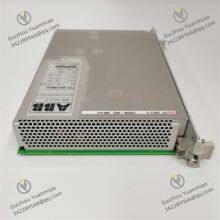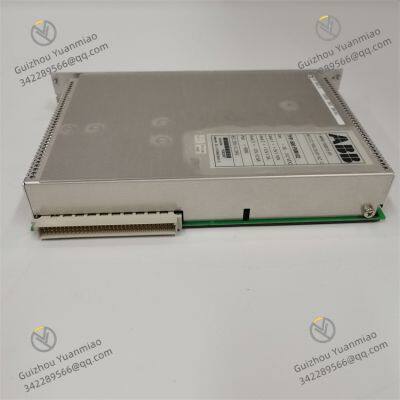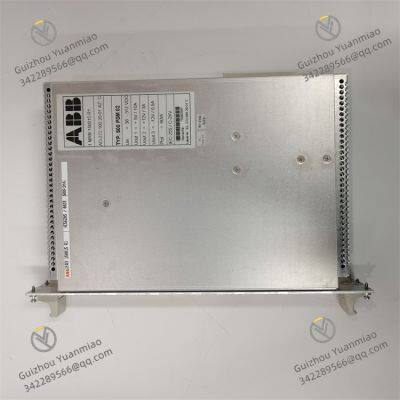Material
Other, Global universal model
Condition
Other, Global universal model
Task
Other, Global universal model
Mathematical Model
Other, Global universal model
Signal
Other, Global universal model
Customized
Non-Customized
Structure
Other, Global universal model
Operating Temperature
-25°C to +60°C
Efficiency
≥85%
Output Voltage
24 VDC
I. Positioning and Applications
II. Technical Parameters and Characteristics
Input Specifications
Input Voltage Range:
AC version: 100–240 VAC (±10%), 50/60 Hz (wide voltage adapts to global power grids).
DC version: 24–250 VDC (supports wide-range DC input, such as battery-powered scenarios).
Input Current: Depending on the output power, the typical value is 1–5 A (for AC input).
Surge Protection: Built-in overvoltage and undervoltage protection circuits can withstand instantaneous voltage fluctuations (e.g., lightning strikes, power grid interference).
Output Specifications
Output Voltage: 24 VDC (±1% voltage regulation accuracy), providing stable power for modules.
Output Power: Typical value 60 W (can drive 4–8 I/O modules, specifically depending on load requirements).
Ripple Noise: ≤50 mV (ensures stable operation of precision electronic components).
Electrical Characteristics
Efficiency: ≥85% (high-efficiency design reduces energy loss and heat generation).
Isolation: Electrical isolation between input and output (isolation voltage 500 VAC) prevents interference feedback.
Short-Circuit Protection: Supports output short-circuit and overload protection, with automatic recovery after fault elimination.

III. Functional Highlights and Technical Features
Power Management and Reliability
Redundant Configuration Support: Can be connected in parallel with another 500PSM02 module to achieve "primary-backup power supply" through redundant modules. It automatically switches when the primary power fails, ensuring uninterrupted system operation.
Power Status Monitoring: Real-time monitoring of input/output voltage and current, displaying operating status through module panel LED indicators (Power, Fault), and supporting fault early warning.
Environmental Adaptability
Operating Temperature: -25°C to +60°C (wide-temperature design suitable for harsh industrial site environments).
Protection Level: IP20 (dustproof when rack-mounted, requiring use with a cabinet).
Installation and Maintenance
Installation Method: Directly inserted into the power slot of the AC 500 system rack, connected to other modules via the backplane bus.
Hot-Swap Support: Supports live replacement (requires configuring allowable hot-swap in system parameters), reducing downtime.

IV. Typical Application Scenarios
| Industry | Application Case | Functional Requirements |
|---|
| Power System | Substation automation control | Dual-power redundant configuration, anti-power grid fluctuation |
| Chemical Production | Reactor control system | Stable power supply to prevent equipment failure caused by voltage fluctuations |
| Metallurgical Manufacturing | Rolling mill automation production line | Sustained power supply in wide-temperature environments, anti-electromagnetic interference |
| Food Packaging | High-speed packaging machine control system | High energy efficiency, low heat generation design |

V. Interfaces and Wiring Examples
Hardware Interface Layout
Input Interface: 2-pin terminal block (AC input: L, N; DC input: +, -).
Output Interface: Powers modules in the rack via the backplane bus, with no additional external output terminals.
Status Indication: Module panel integrated with LED lights:
Redundant Power Wiring Example
When two 500PSM02 modules are connected in parallel, the input side is respectively connected to independent power supplies (e.g., two-way AC 220 V), and the output side jointly powers the rack via the backplane bus to achieve redundant backup.
VI. Comparison with Similar Modules (500PSM01, 500PSM10)
| Comparison Dimension | 500PSM02 | 500PSM01 | 500PSM10 |
|---|
| Output Power | 60 W | 30 W | 100 W |
| Input Voltage Range | AC 100–240 V / DC 24–250 V | AC 85–264 V / DC 24–110 V | AC 100–240 V (wide range) |
| Redundancy Support | Supported (requires dual modules) | Not supported | Supported (built-in redundancy control) |
| Efficiency | ≥85% | ≥80% | ≥90% |
| Application Scenarios | Medium systems (4–8 modules) | Small systems (1–4 modules) | Large systems (10+ modules) |














































